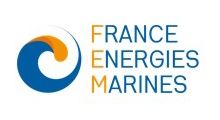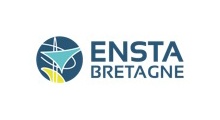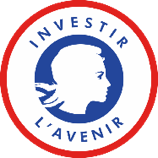
POLYAMOOR
Durable and flexible polyamide moorings for offshore renewable energies
Duration: 46 months (2017 - 2020)
Context
Mooring systems used for floating wind turbines differ significantly from those used in the oil & gas sector due to elevated dynamics in shallow waters. The challenge is to be able to maintain a floater in an extreme environment by limiting the forces transmitted by the mooring lines as well as limiting the maximum offset of the floater to which the export cable is connected. One envisaged solution is to use nylon mooring lines capable of absorbing the involved forces but whose behaviour is highly non-linear and poorly understood in cases of long service life.
Objective
To characterise in detail the dynamic and long-term behaviour of nylon mooring lines in order to develop standards accordingly
Main achievements
- Identification of a nylon cable configuration compatible with the lifetime of a floating wind farm (20-25 years)
- Identification of a generic visco-elasto-plastic rheological scheme
- Analytical formulations of the different rheological blocks adapted to nylon, then calibration and validation of these formulations by specific test sequences
- Identification of a simple long-term creep law (period > 1 year)
- Feasibility of an accelerated self-heating life prediction method
Conclusion
POLYAMOOR has identified a behavioural law that closely reproduces the instantaneous behaviour of nylon. A long-term creep behaviour law has been identified. Creep at different loading rates and its effect on the behaviour law will be studied in the MONAMOOR project. The service life objectives are achieved with a dedicated rope construction and the use of a specific polymer coating. The performance durability of this coating remains to be qualified. The results have led to the updating of a recommendation note for the certification of synthetic lines used in the offshore environment (BV NI432).
Resources
Partners and funding
This project was led by Naval Energies and France Energies Marines.






The total project budget was €824K.
This project received funding from France Energies Marines and its members and partners, as well as French State funding managed by the National Research Agency under the Investments for the Future Programme (ANR-10-IEED-0006-16).

Photo credit: Ifremer